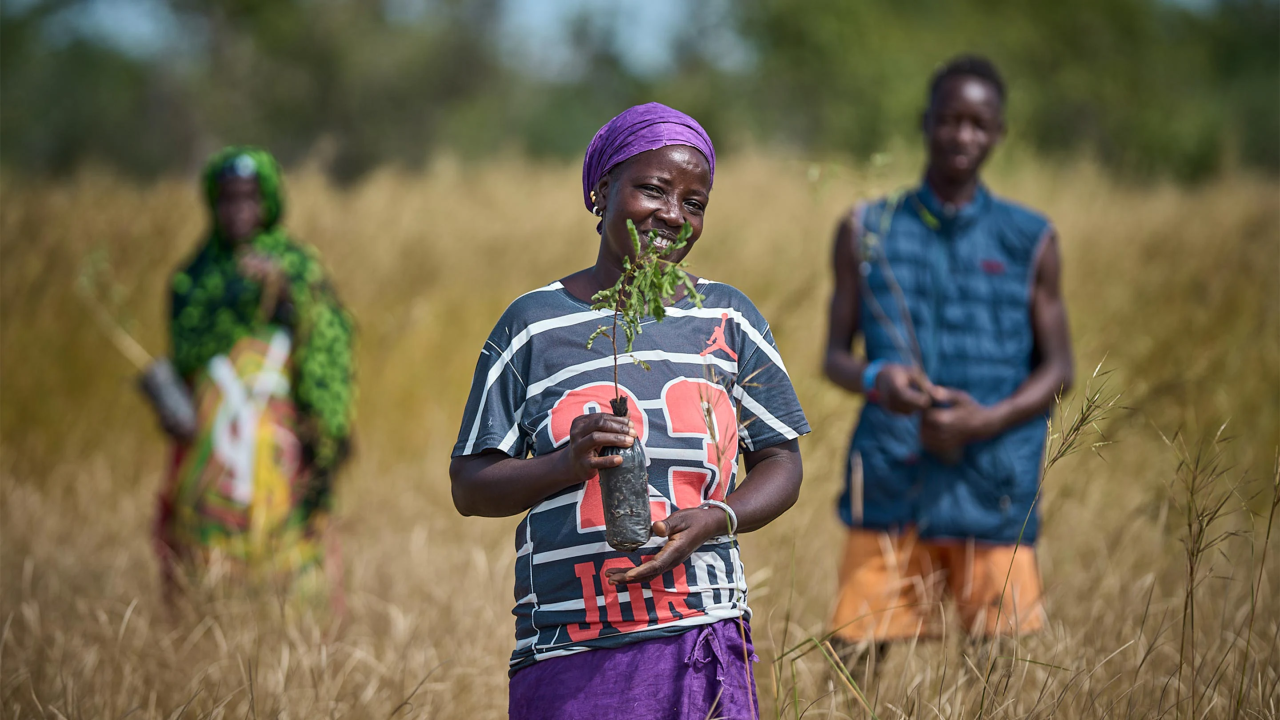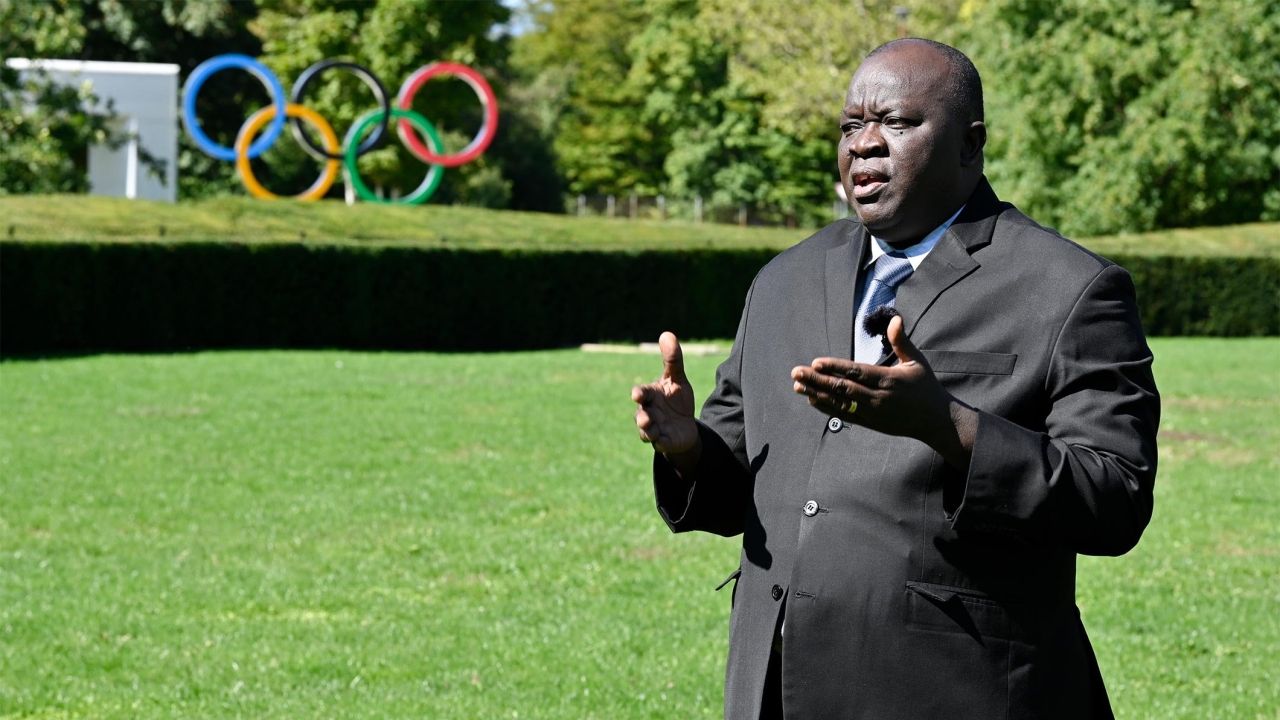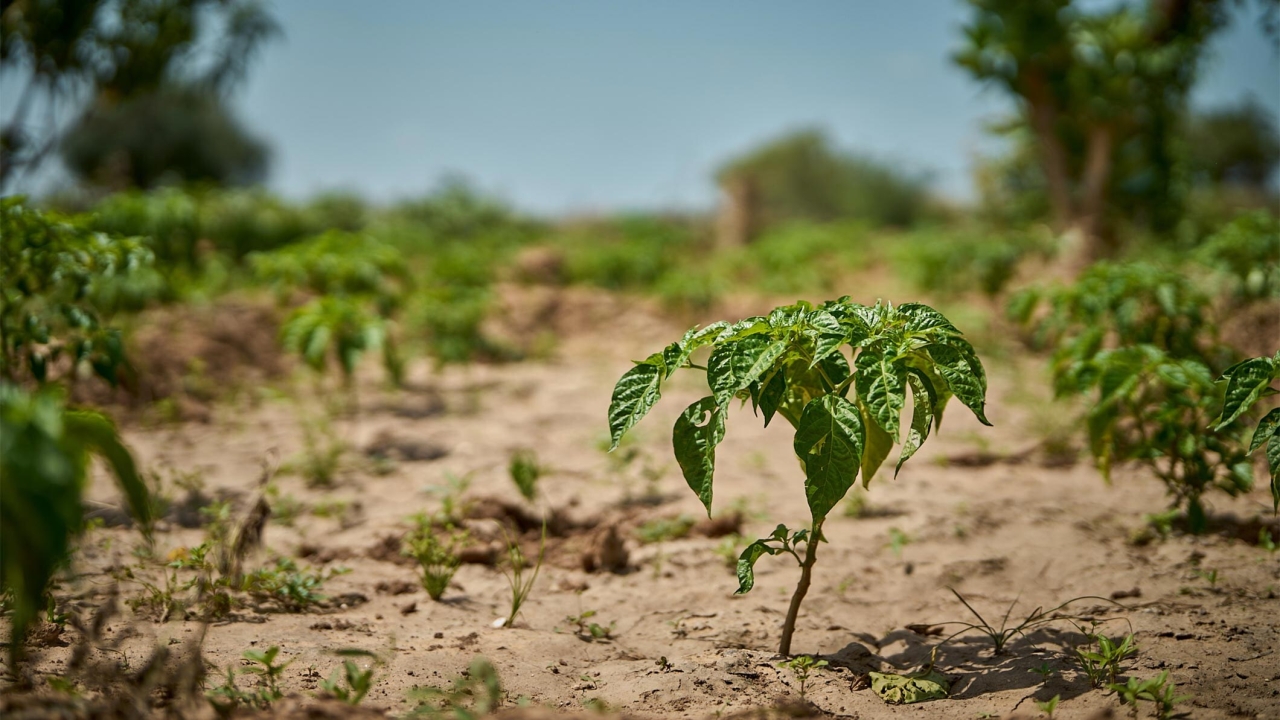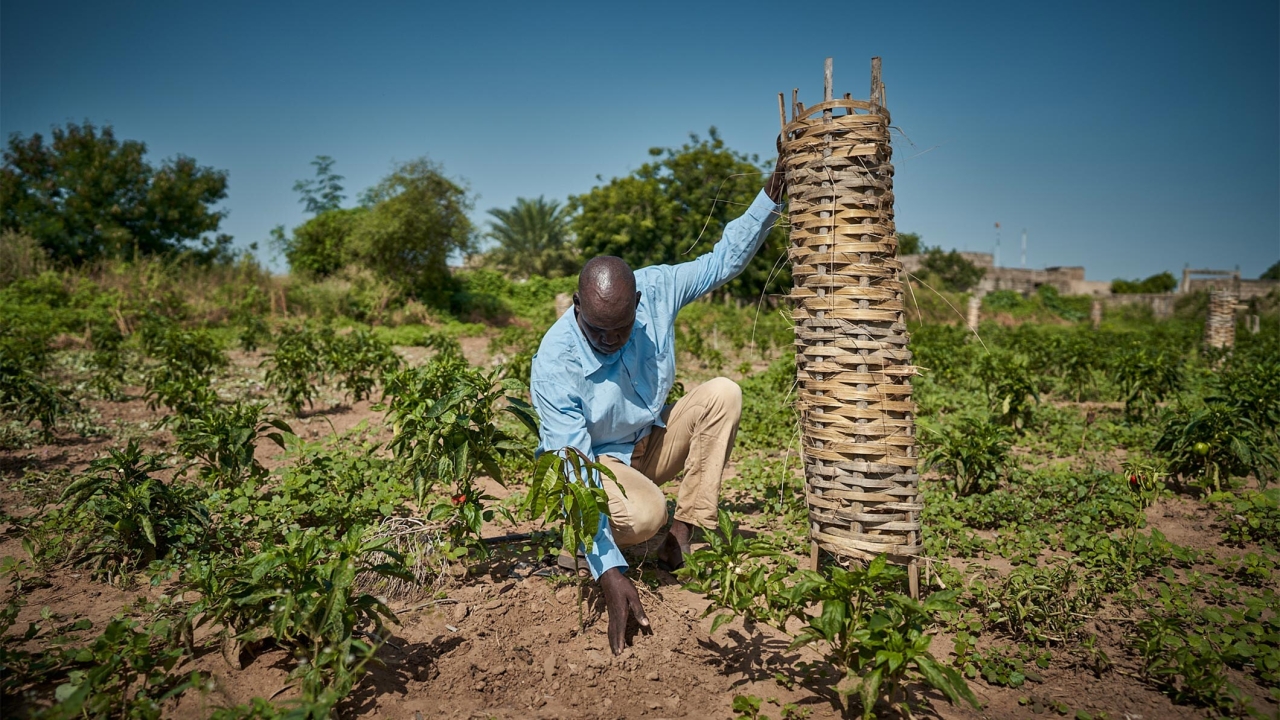“Olympic Forest Is About Much More Than Removing Carbon From the Atmosphere” - Tree Aid, IOC's Implementing Partner
Published 12-16-22
Submitted by International Olympic Committee

In response to the growing climate crisis, the IOC is working to bring its carbon footprint down, putting in place a plan to reduce its emissions by 30 per cent by 2024 and 50 per cent by 2030, in line with the Paris Agreement. It has also committed to removing more carbon from the atmosphere than it emits, through the Olympic Forest project.
As the first round of tree planting nears completion, the IOC speaks with Georges Bazongo, Director of Programmes at Tree Aid, IOC’s implementing partner, to ask what it takes for a tree-planting project to succeed and how we can make sure that local communities will benefit for decades to come.

Q. A lot of thought has gone into this project, but let’s start with the basics: what good are trees?
In Mali and Senegal, we’re working with communities who are massively struggling with the twin impacts of climate change and unsustainable farming. It’s already a difficult place to farm, because the climate is hot and dry.
But rising temperatures and changing weather patterns, combined with unsustainable farming techniques, mean that soils in the region are becoming less fertile and agricultural productivity is dropping. This also has an impact on water, because the barren land does not trap and hold water as effectively as fertile soil. Across the region, people are struggling to produce enough food. Poverty and migration are rising.
Trees provide an important solution, however. Besides absorbing carbon dioxide, they provide shade, prevent soil erosion, and improve soil fertility too. They can also offer alternative sources of food, so that when the regular crops fail, farmers can still eat or sell the fruit and nuts or seeds from their trees.
Q. What does the Olympic Forest project actually do?
At one level, it’s about planting trees to take 200,000 tonnes of carbon dioxide equivalent (CO2e) from the atmosphere over a period of 25 years. This means the IOC will eventually be removing more carbon from the atmosphere than it emits.
We’re also looking at how the project could scale up to remove an additional 600,000 tonnes over a similar period.
But, of course, this project is about much more than that. By restoring degraded forest and farmland, it also aims to bring new income for local communities.
It does this in multiple ways. Some trees are planted to restore the degraded land, building soil fertility and resilience. This is what we call “enrichment planting”. It helps the ground to hold more water and provides vital habitat for animals. Meanwhile, we will plant more trees to produce fruit, nuts and seeds, which can be eaten.
Critically - because we want this forest to stand the test of time - we spend a lot of time working with local communities. They want this project because they understand the benefits, but we work with them to introduce new and alternative agricultural techniques. We also work with local businesses that can help to make this project happen, for example, by producing and caring for the young trees until they are ready for planting.
You might be surprised to know that we’re also looking at ways to attract more wildlife back to the regions, and so we’re talking with the UK’s Royal Society for the Protection of Birds (RSPB) and their partners in Senegal, the Nature-Communications-Development (NCD) association. We want to see how we can work with them.

Q. How do you decide where to plant?
We’ve been planning this project for several years now, engaging first with local authorities and then with the communities themselves. This means the build-up to the first tree planting has been slow, methodical and deliberate. It also means that we have broad agreement with local communities on what trees to plant and where.
The locations have been selected through a mix of community self-interest, scientific knowledge, and our experience of planting trees all over the continent [of Africa]. Together, we have identified a total of 1,860 hectares for tree planting in the two countries, including 1,600 hectares of enrichment planting and 260 hectares of agroforestry.
Q. How will you make sure that the trees survive?
The villagers have been very vocal about this. Their solutions include, for example, village patrols to check for fire and building firebreaks into the forests. They also want to use tree species that the cattle do not like to eat. We agreed with all their suggestions on this.
Don’t forget that the communities are pretty experienced with trees and agroforestry, and they know how the trees will benefit them. One of our biggest added values is to help them manage the trees, for example, by sharing with them new techniques for tree management and agroforestry.
We’re currently expecting to plant 590,000 trees, using about 20 different native species. These have all been very carefully selected together with the local community. Between us, we have selected trees which have the best chances of survival, and which are best suited for the region. It was a lengthy but very important process.
We are also working with communities to organise an annual inventory of planted trees to show how many are surviving or not. If survival rates are low, then we will work with the communities to figure out what is going on and how to fix it.
Q. Planting the wrong trees can have a negative impact on ecosystems. Are you sure that the right tree species have been chosen?
That’s right, and this issue has come up with farmers too. In one discussion, some farmers said they wanted to plant eucalyptus, although we had to turn this request down. These trees are invasive and they use a lot of water. In an agroforestry context, they can do more harm than good.
After consultation with the communities, and drawing on our own experience, we settled on a list of about 20 species. These have either a nutritional value or a commercial value, or both. They include cashew, mango, lemon and mahogany, as well as trees that are not so widely known: jujube, African locust bean, sugar-apples, weda and fan palm, for example.
Q. What other risks have you had to manage?
We’ve really had our eyes on two other issues. First is to make sure that the communities are excited about this project and that they want it. We’ve worked hard to find the communities that want this project, and together with them, we have identified the land, selected the species, and talked about how to manage the land. Mutual consent is very important to us.
Second, we’re constantly asking ourselves whether this project will stir up any conflicts between the communities. Will they end up fighting for access to the trees that we plant, for example, or for the fruit that grows on them? That is why, in our field trips to visit the communities, we have worked to find the villages that do not have any existing conflicts. We have rejected several places for this very reason.
So far, village leaders have been glad to identify the boundaries between their villages, and this allows us to set up our project so that it reinforces – not undermines – the existing and widely accepted boundaries.

Q. What happens next?
The project is working in two places that are both important to the Senegal River. The first – in Mali – is the Kolimbiné-Lac Magui (KLM) sub-catchment. The second is the Falémé sub-catchment in Senegal. These are both important for drinking water, as well as for domestic and agricultural activities. Both areas are struggling with serious environmental degradation.
Last year, we set up country teams in both countries. Then, this year we have been working with the communities to agree planting sites and start the actual planting. The work is a bit further ahead in Senegal, because economic sanctions were imposed on Mali earlier this year, in January.

International Olympic Committee
International Olympic Committee
The International Olympic Committee (IOC) is a not-for-profit independent international organisation that is committed to building a better world through sport. It redistributes more than 90 per cent of its income to the wider sporting movement, which means that every day the equivalent of USD 3.4 million goes to help athletes and sports organisations at all levels around the world.
As the leader of the Olympic Movement, the IOC acts as a catalyst for collaboration between all parties of the Olympic family, from the National Olympic Committees (NOCs), the International Sports Federations (IFs), the athletes and the Organising Committees for the Olympic Games (OCOGs) to the Worldwide Olympic Partners, broadcast partners and United Nations (UN) agencies, and shepherds success through a wide range of programmes and projects. On this basis, it ensures the regular celebration of the Olympic Games, supports all affiliated member organisations of the Olympic Movement and strongly encourages, by appropriate means, the promotion of the Olympic values.
More from International Olympic Committee

